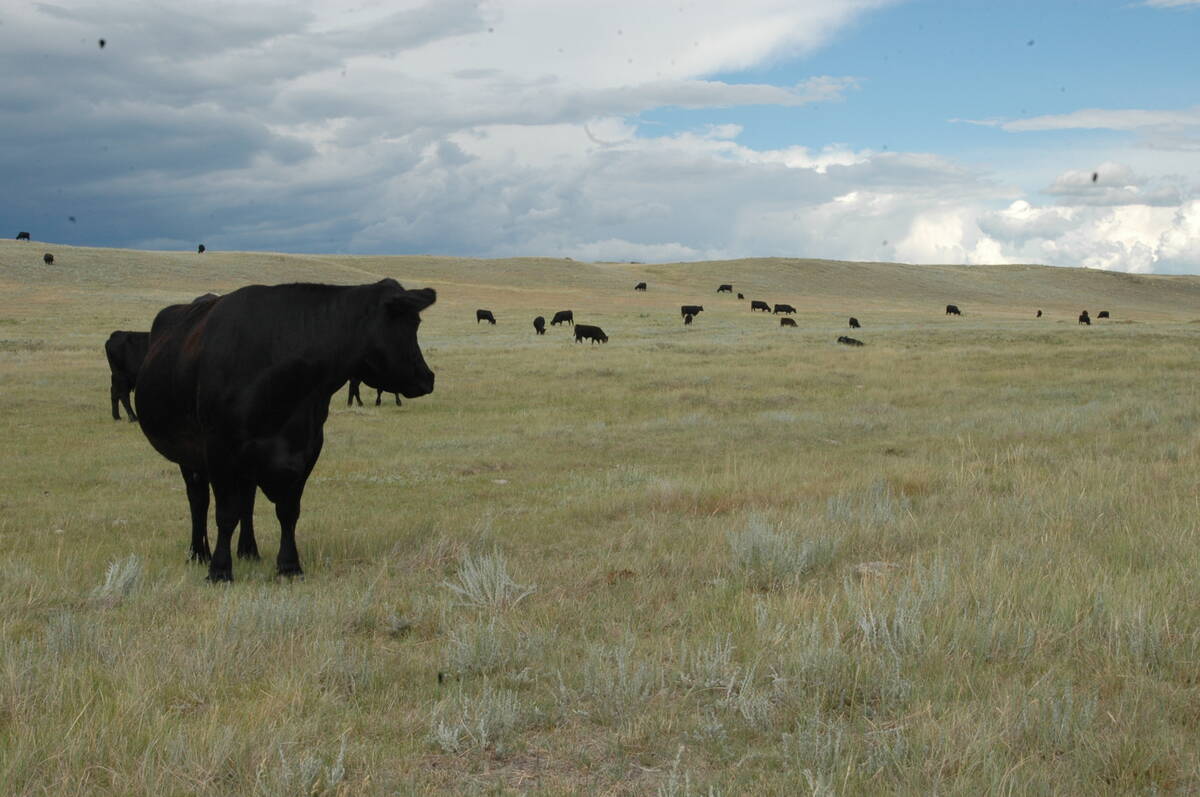Most MPs on the House of Commons agriculture committee are recommending
the government adopt a cautious approach to the thorny political issue
of labels for genetically modified food – voluntary labelling and more
research.
In a report sent to Parliament, Liberal, Canadian Alliance and
Progressive Conservative MPs argued that mandatory labelling would be
too costly and would send the wrong signal to consumers.
“The committee is of the opinion that biotechnology is a way of
Read Also

Saskatchewan Cattle Association struggles with lower marketings
This year’s change in the provincial checkoff has allowed the Saskatchewan Cattle Association to breathe a little easier when it comes to finances.
improving agricultural and agri-food production, as long as product
safety is properly assessed before any product is marketed,” the
majority report said.
“Labelling of GM foods, therefore, amounts to providing information
about a product and not some kind of warning that a product is not
safe.”
New Democrat and Bloc Québecois MPs disagreed, issuing minority reports
calling for mandatory labelling because of the consumer right to know.
New Democrat Dick Proctor said those who call for voluntary labels
“argue that while consumers are concerned about the safety of GM food,
they should not be taken seriously because people are essentially
uninformed in their opinions.
“We believe that this dismissive attitude toward the people who consume
food is both misplaced and shortsighted.”
Proctor said a voluntary system would offer no guarantee that GM food
will be labelled.
“This in turn undermines confidence in Canada’s system of food
production and regulation.”
But the majority’s more cautious approach in the report, which was
released June 5, won quick endorsement from the companies that make
farm chemicals and also fund much of the private research into GM
crops, many of them tolerant of the chemical.
Denise Dewar, executive director of plant biotechnology for the
industry lobby group Croplife Canada, said in a statement the committee
got the right balance.
“We believe that the committee’s recommendations on genetically
modified foods will provide consumers with the information they are
looking for while supporting Canada’s growers and farmers who use these
technologies,” she said from Toronto.
Neither the majority nor minority appears to believe that labelling’s
potential costs have been figured out, despite a KPMG study cited often
by the industry suggesting the costs will be in the billions of dollars.
The committee recommended the government “assess the additional costs,
particularly for farmers and consumers, of implementing segregation and
tracking systems, which are necessary for the labelling of GM foods.”
And it asks the government to study the trade implications of both
kinds of labelling.
The committee said that either way, farmers are in for a change.
“Whether the labelling system is voluntary or mandatory, the agri-food
industry will have to adjust to a new situation,” the report said.
“Monitoring and segregating transgenic products will continue to
involve logistical changes and additional costs.”
The agriculture committee won the race to get the first parliamentary
word on the issue and to set the tone for the debate to follow.
The government had asked the health committee to be the lead committee
in studying the issue, but after a few weeks of hearings this spring,
the topic was dropped in favour of other issues. The health committee
was widely expected to lean toward mandatory labelling, but it will not
pick up the issue at least until the fall.
Meanwhile, Canadian Wheat Board director Rod Flaman told the committee
the industry may have to face the issue of what to do with GM wheat
varieties as early as next year.
He said licensing tests for a Monsanto GM variety could start as early
as this summer with licensing possible by 2003 for planting in 2004.The
CWB wants it kept off the market until it is clear customers will
accept it.
The government has been suggesting the issue would not come to a head
until 2005 at the earliest.














